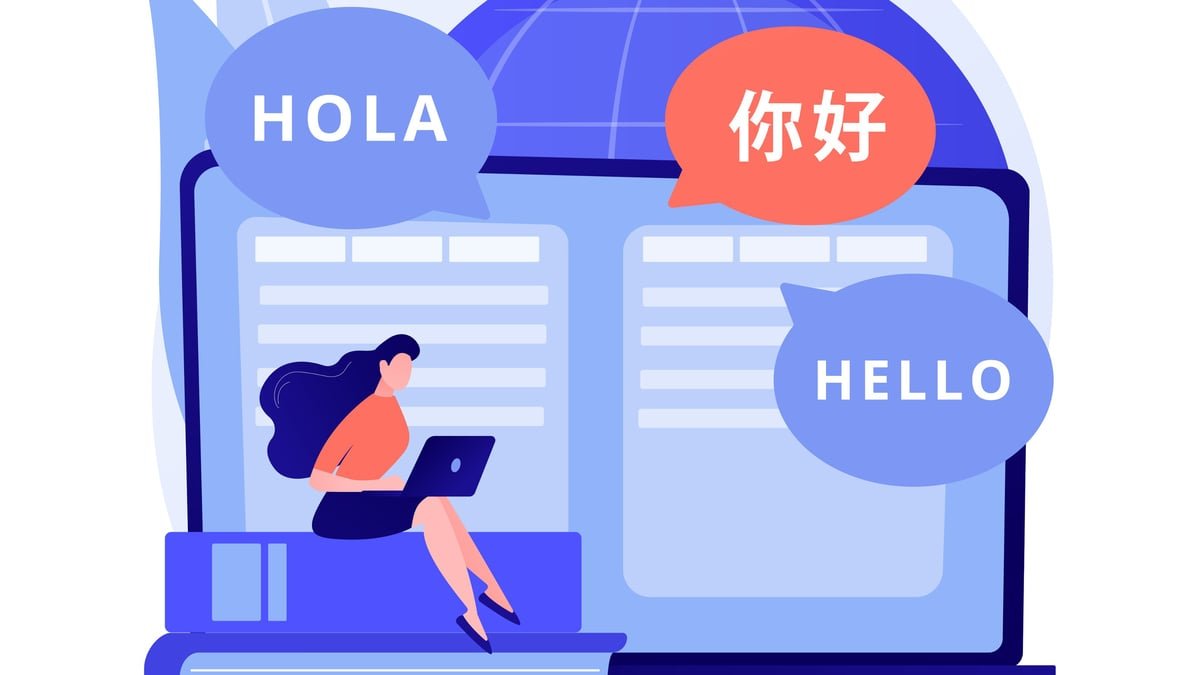Learning a language is a good way to connect with people, other countries, and cultures. If you are a student planning to pursue higher education or to expand your language horizons, learning a new language will prove helpful.
Lina Ashar, Founder, Dreamtime Learning, mentions, “While the ideal approach to learning a language should embrace new cultures through interactive lessons and play-based learning, students often make common mistakes when learning for practical application. They tend to practice sporadically instead of integrating the language into their daily lives. Some overemphasise grammar at the expense of real communication skills, while others let the fear of making mistakes prevent them from speaking.”
She feels that more than thinking in the language, students depend on translations a bit too much which keeps them away from becoming fluent. They also neglect the cultural context that limits them to apply the language in real situations better.
Mamta Shekhawat, Founder of Gradding.com, feels imperfection is a major and common mistake. “It often holds them back from speaking or writing because they’re afraid of making errors. Language is immersing yourself into a whole new world. I have seen many students lag behind as they chase perfection. But it’s through these mistakes that effective learning happens. Embracing imperfections and practising consistently are the mantras for learning anything.”
Translations Are Transforming India’s Reading Landscape
Here are ways students can learn foreign languages with ease:
One at a time
Even if you think you are quick to pick up a language, it is essential to learn one a language at a time. It will allow you to pay attention better. You will also focus on all its aspects and intricacies, including the cultural one.
Make a simple start
Just like picking one language at a time, make a simple start with words and phrases. Once the basics are clear, you will easily pick up tougher stuff since your foundation is strong.
Daily practise
To improve fluency in the new language, daily practice is a must. This allows you get used to the language. Choose a time for your learning session and a day for revision. It will enhance your fluency.
Linear reading
There are chances you might want to absorb too much and try to jump chapters and the process. Do not do that. Follow the chapters from the start to the end and also understand the meaning of words thoroughly. Go back in case of any confusion. Proceed only when you are sure.
A/V and other media
One of the best ways to learn any language is to ensure you incorporate audio-video and other media like movies, music, audiobooks and even books, magazines, etc, in your language learning methods. Audiobooks, especially, allow you to hear words and so one like a local. YouTube videos and radios are a great option too. There are numerous apps that also offer tutorials in language learning.



